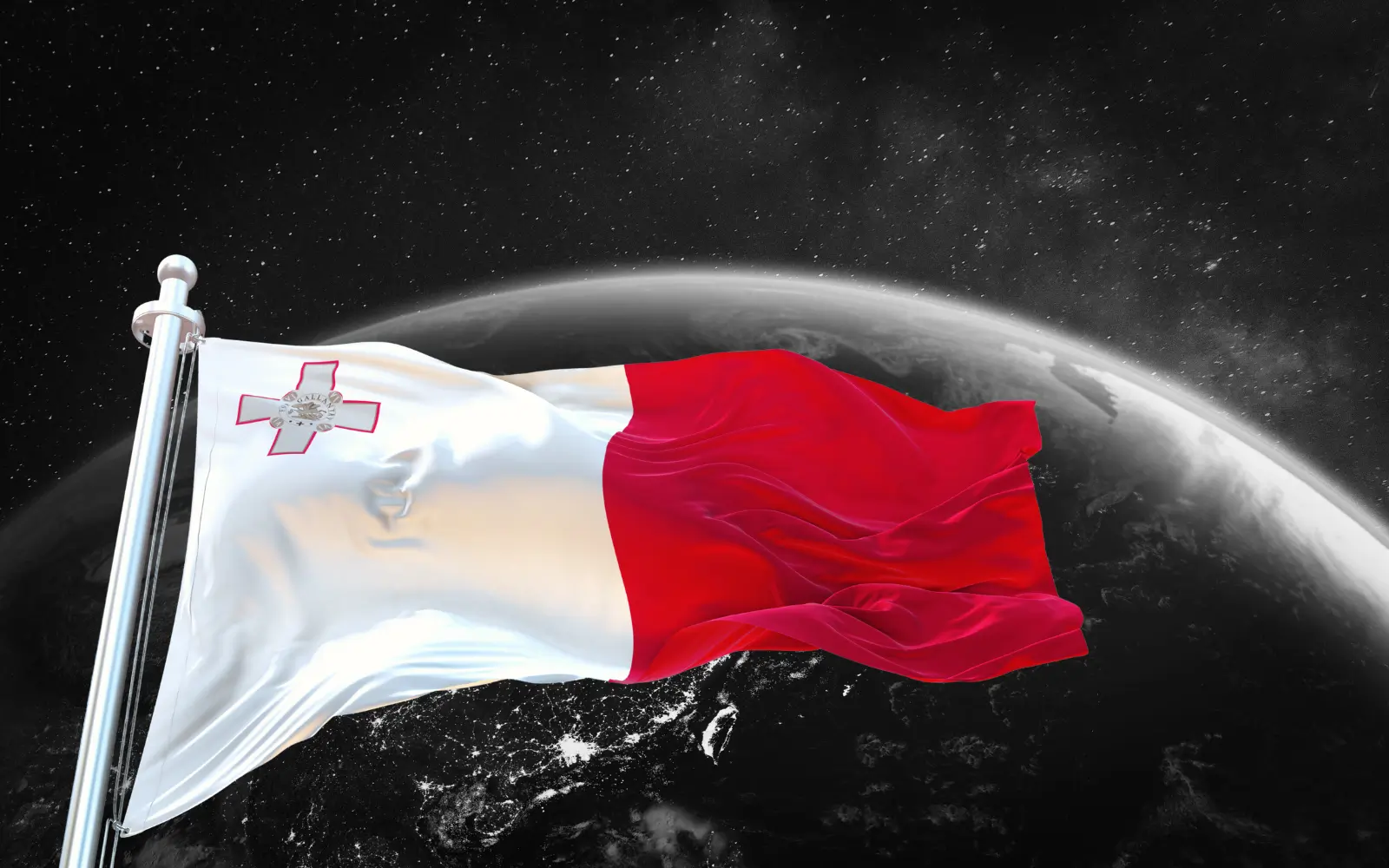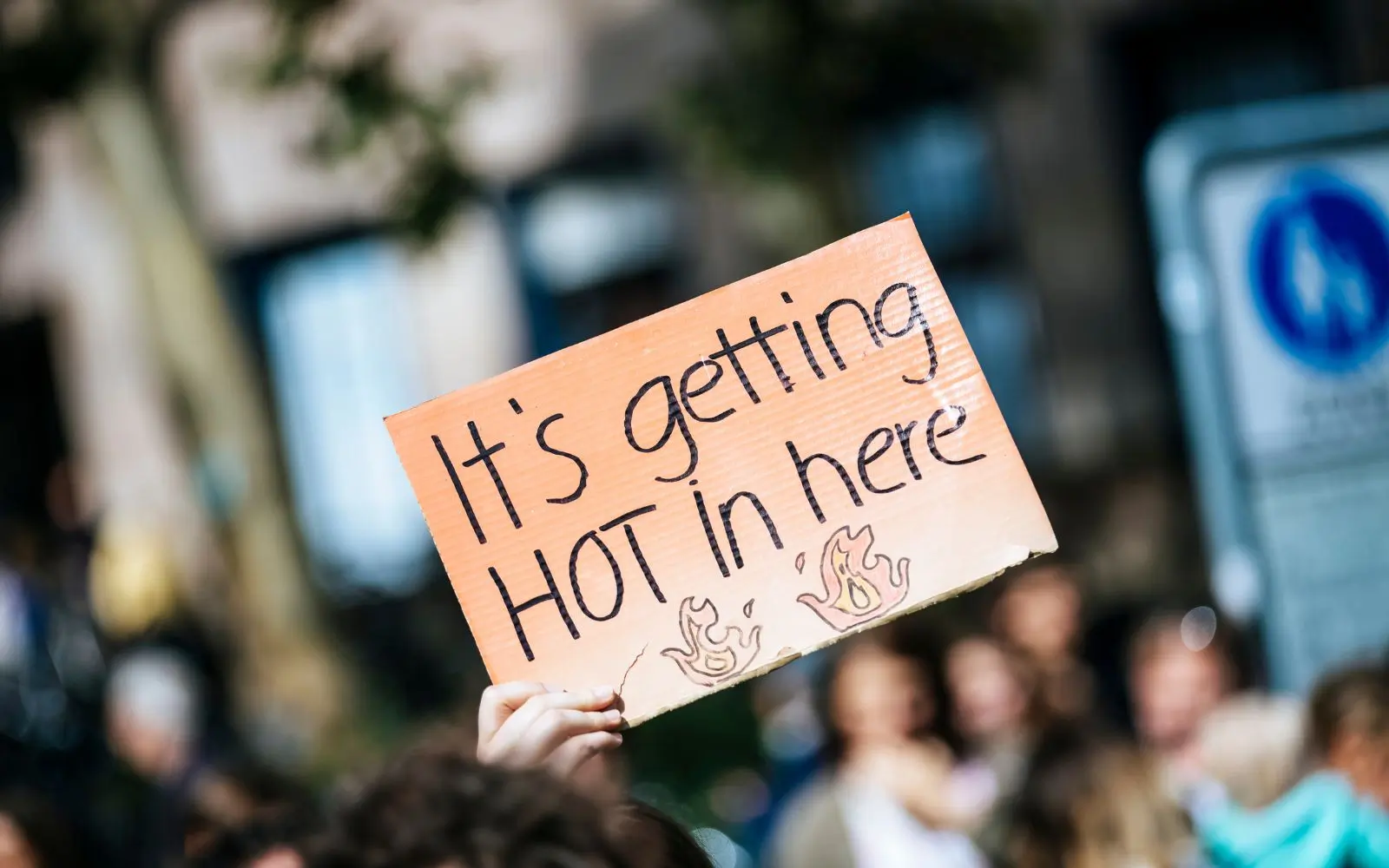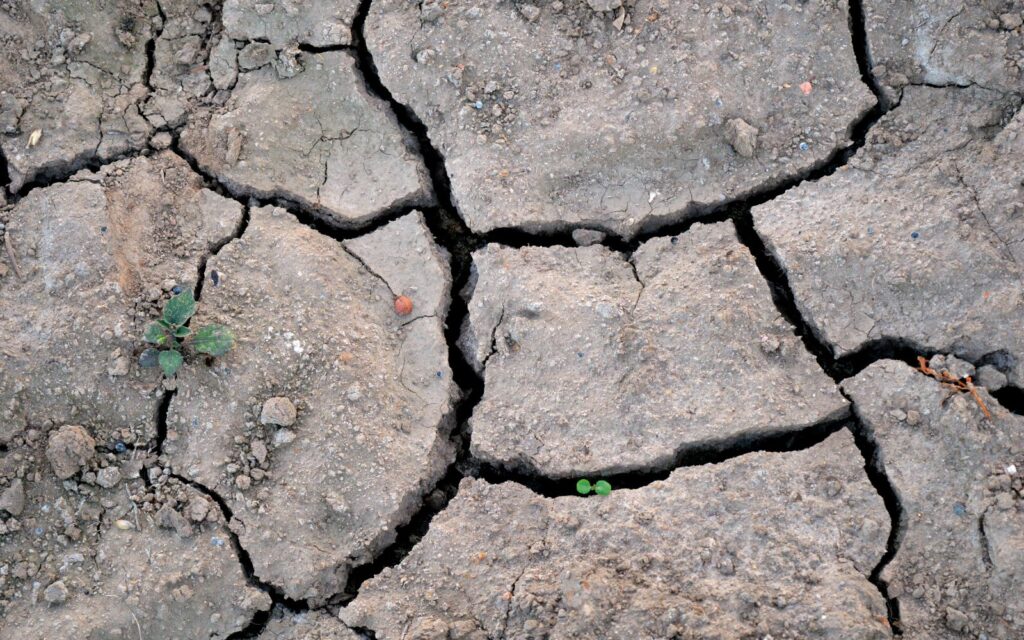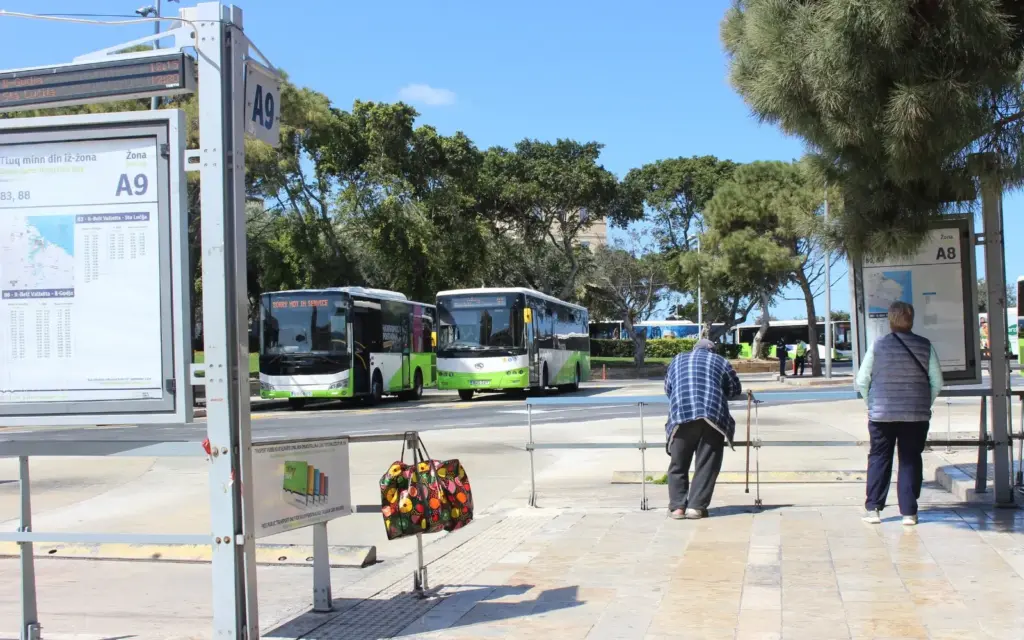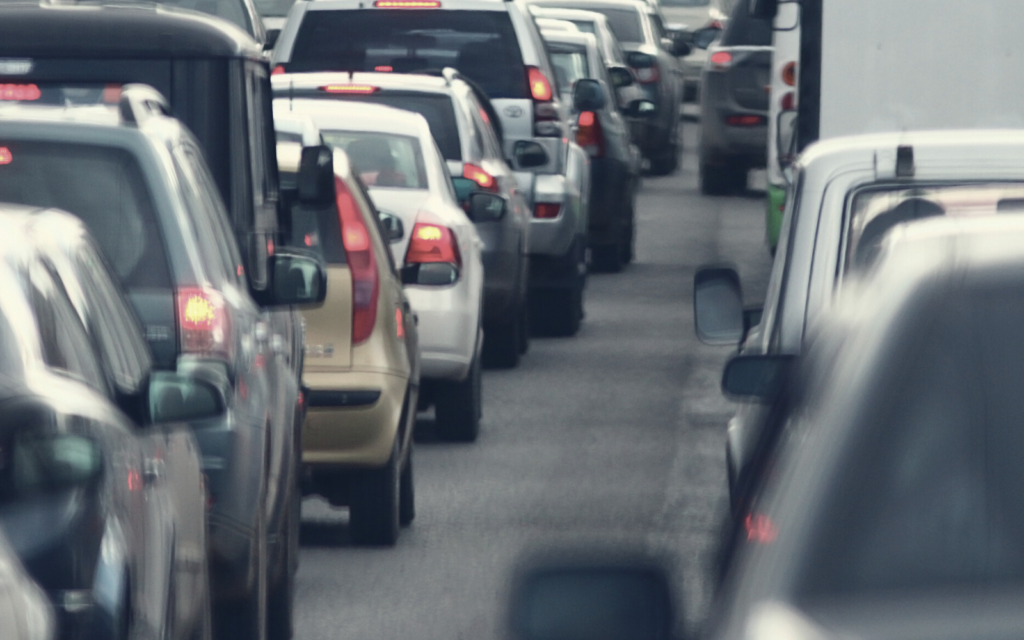“We [Malta] are among the countries that pollute the least.”
Environment Minister Miriam Dalli made the bold claim at an informal meeting of EU Environment Ministers in Aalborg this July, while discussing new EU measures and targets to curb pollution, policies that could prove both costly and unpopular at home.
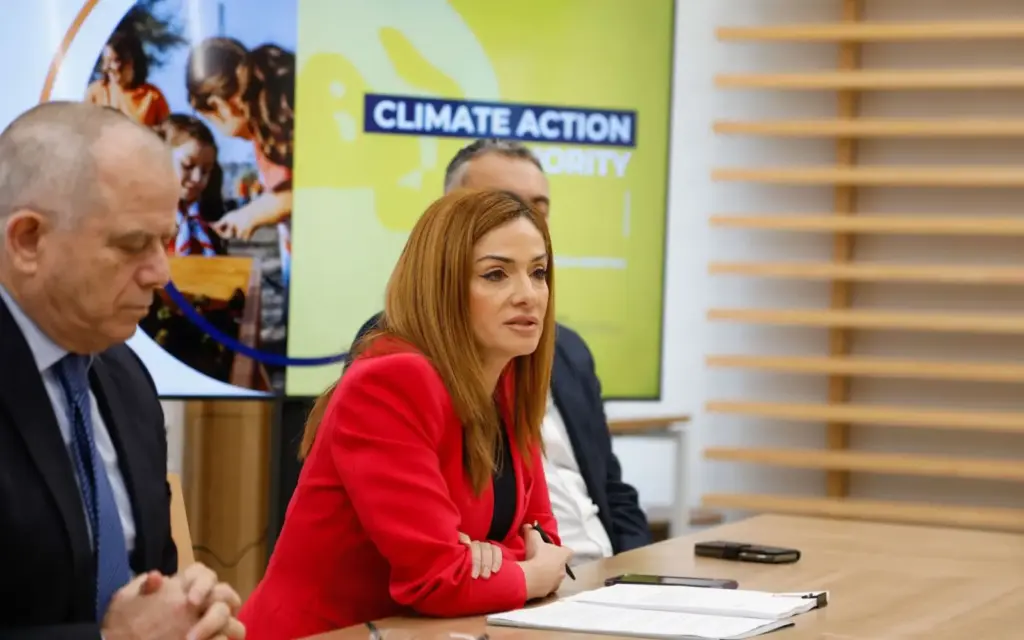
Yet Malta’s energy policy has come under criticism from EU institutions. Council has urged the government to “wind down the emergency energy support measures”, which is estimated to be worth around 1% of Malta’s GDP on subsidising climate-harming fuels. In a meeting with social partners, Prime Minister Robert Abela promised to retain these subsidies in the 2026 budget.
According to the Commission, Malta maintains sizeable fossil-fuel subsidies without a planned phase-out before 2030. Many of these subsidies neither protect vulnerable households nor safeguard energy security, and hinder the shift to cleaner transport and industry.

Both narratives overlook one crucial factor: Malta’s environmental footprint extends beyond its coastline. Our impact extends outward through ships and planes, our waste and electricity, and all that we consume to keep the island running.
Against this backdrop, Dalli’s claim raises a key question: is Malta really such a small polluter?
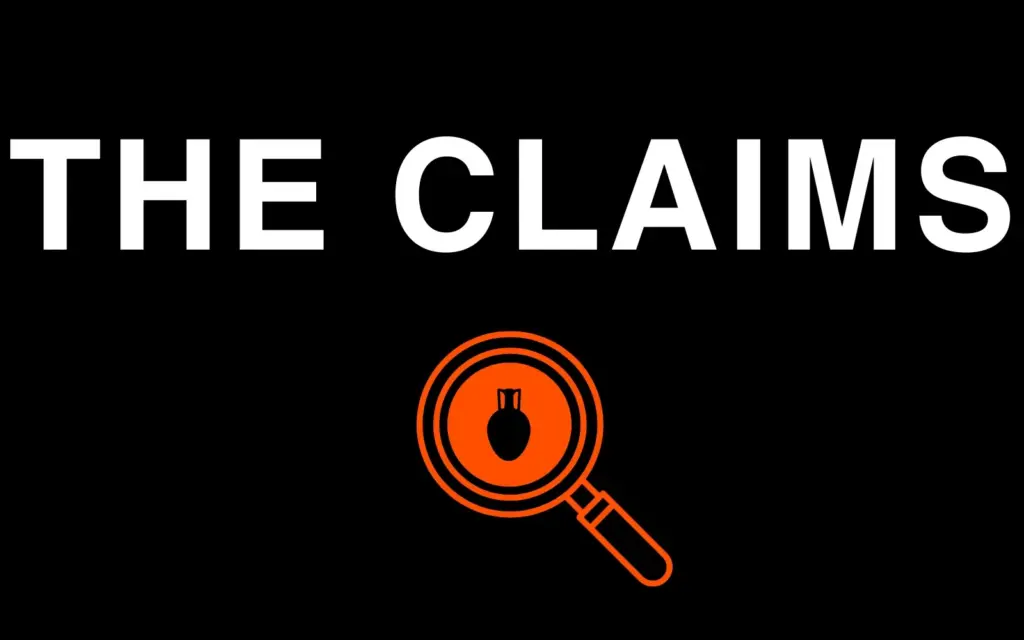
Speaking in Aalborg, Minister Dalli said:
“To achieve [Climate neutrality by 2050] we need to have specific targets, but we want those targets to be fair, ensuring they follow the most cost-effective path. We want the national circumstances of different countries to be taken into consideration, particularly in our case, since we [Malta] are among the countries that pollute the least.”
“We need to make sure that what we are agreeing upon is being implemented and is realistic for countries, particularly for small countries like Malta, where our position is to keep insisting that Malta is the country with the lowest per capita pollution in the European Union. We are making every possible effort, but we do not want to place a burden on the people.”

In 2023, more than a third of people (35%) in Malta reported exposure to pollution, grime, and other environmental problems. This is the highest share in the EU and nearly three times the EU average of 12%. High-earning households were even more affected than low-earning ones. However, the share was 40% in 2013.
When we look at domestic net greenhouse gas emissions per capita, Malta’s are indeed third-lowest, as of 2023. But this calculation has an important caveat: “emissions from international aviation and maritime transport are excluded”.
Counting emissions strictly within national boundaries fails to capture the total pollution generated by a country’s economy.
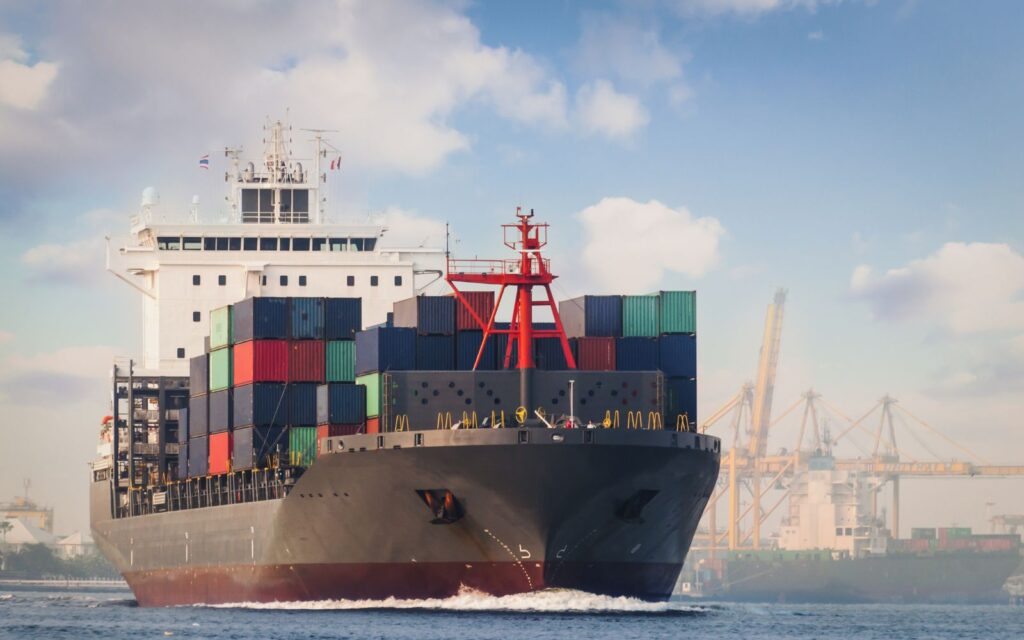
Many other EU economies emit greenhouse gases to produce the goods and services people need, such as food or household items.
Malta has the lowest share of agricultural production in its economy (alongside Luxembourg), the third-lowest share of manufacturing, and even the third-lowest share of construction. That means, for all the added value generated in the Maltese consumer economy, the contribution of productive industries is minimal.
To account for this, the EU also calculates greenhouse gas footprint. Here, as of 2022 Malta ranks in the middle third of EU countries emissions per capita linked to consumption.
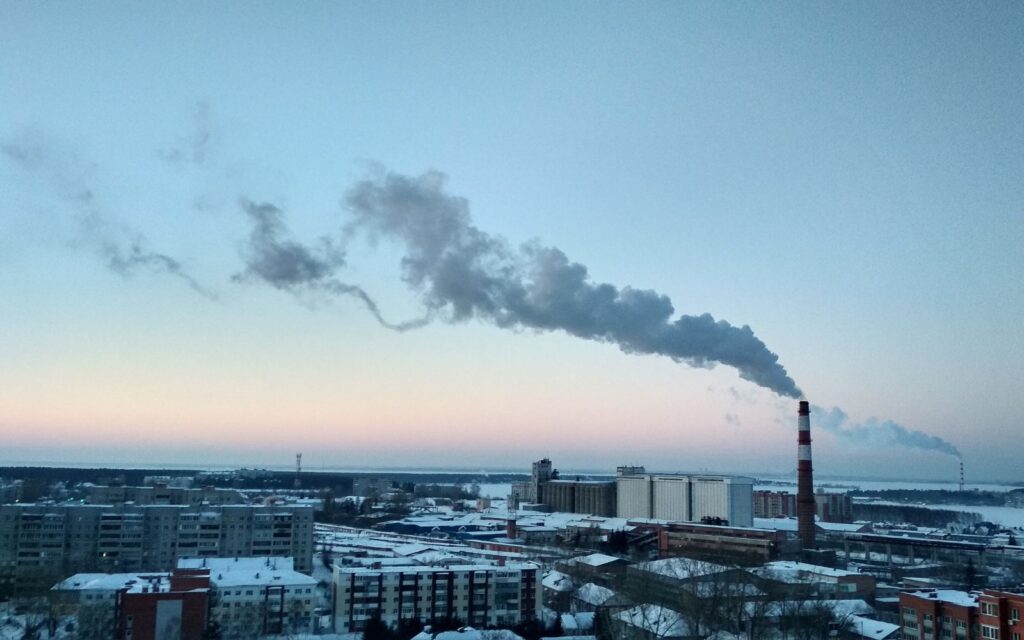
Malta’s invisible emissions: The sea and air
That’s not everything. Footprint calculations follow “the concepts and definitions of national accounts.” These accounts do not include international aviation and navigation (shipping). According to UN standards, these are reported separately and are not subject to the limitation and reduction commitments under the Kyoto Protocol . This has left governments with fewer incentives to reduce emissions in these sectors.
Malta’s tourism boom has seen an increase in aircraft travelling in and out of Malta.
The Malta International Airport reported nearly 59,000 aircraft movements in 2024, up from around 51,000 in 2023 and some 40,000 in 2022. The amount of cargo flown in also increased, with planes transporting almost 24,000 tonnes of cargo in 2024. As of April Malta’s aircraft registry has 929 planes and other aircraft types.
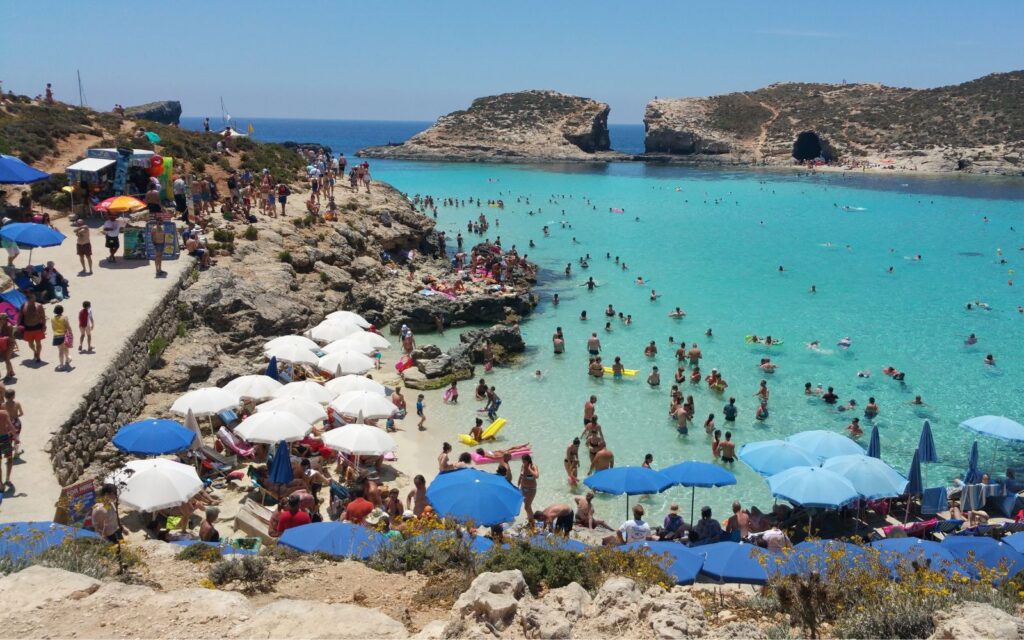
Meanwhile, Malta’s maritime registry grew by almost 10% in 2024, strengthening Malta’s position as the largest maritime registry in Europe and the sixth largest in the world.
Ships can register in any country, without having links to it. Shipping companies, which already enjoy VAT advantages, can register in low-tax jurisdictions and compete with more environmentally friendly means of transportation.
According to NSO’s latest data, there were 8,644 vessels under the Maltese flag as of 2022, with 797 new vessels added. Three-quarters of these new additions were pleasure yachts.
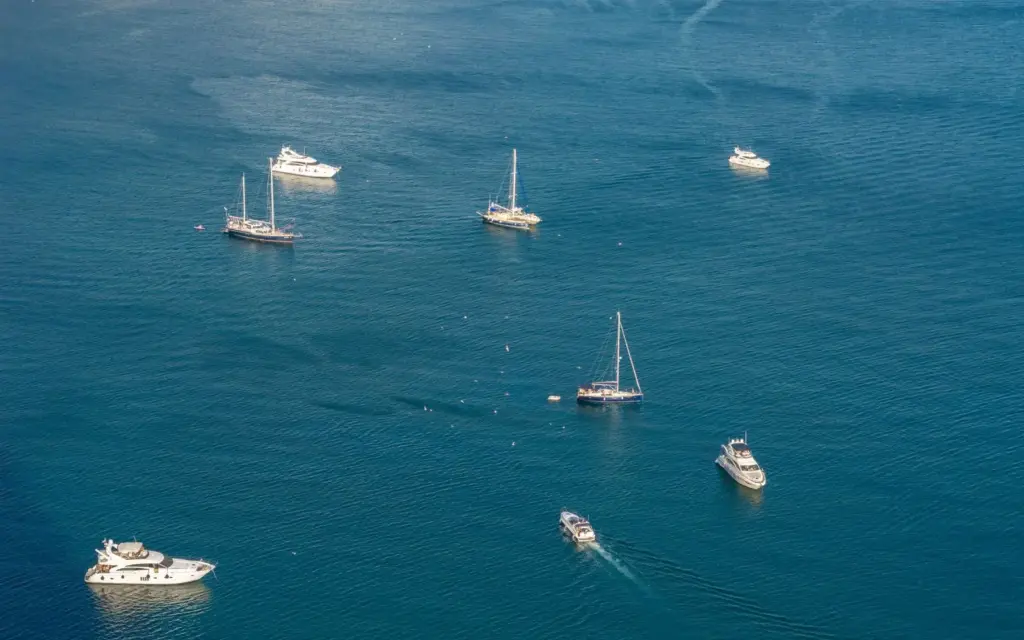
The government has announced that in the first quarter of 2025, the registry surpassed 10,000, and Malta has the largest registry of superyachts in the world.
According to Eurostat (2023 data), with nearly 46,000 ships, Malta ranked 9th in the EU in terms of vessel arrivals. Meanwhile, data from Transport Malta shows that 779 vessels arrived in Malta with wheeled cargo, such as vehicles. Additionally, 470 ships transported crude oil, and 420 vessels carried cruise passengers.
In 2023, the European Federation for Transport and Environment, an advocacy group, published a study on the cruise industry and stated that “The sector still relies almost entirely on fossil fuels of the dirtiest kind, full of toxic substances including sulphur.”
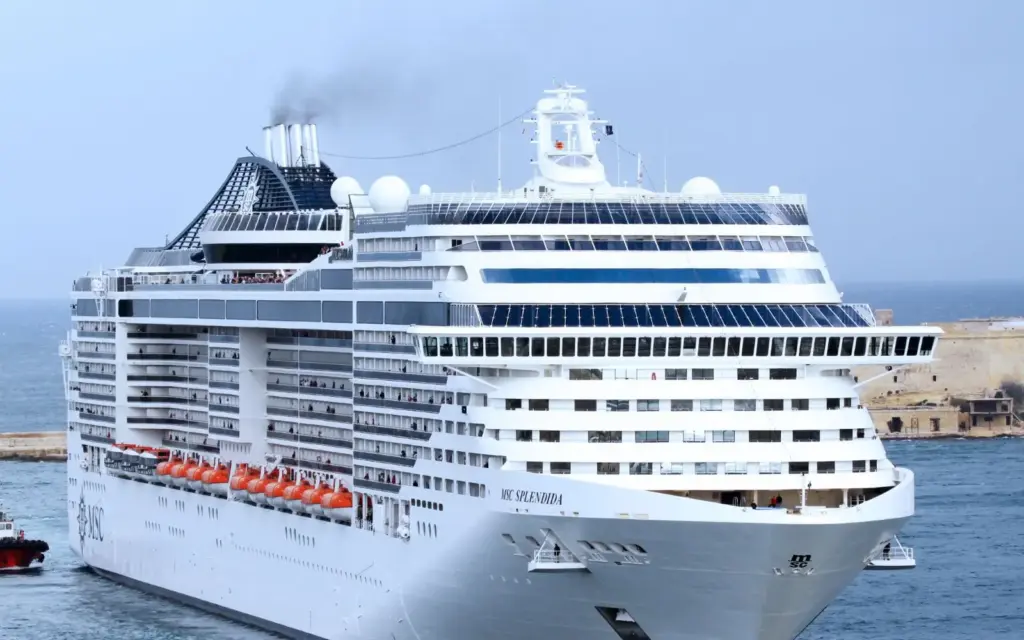
In 2021, researchers at Indiana University estimated that a superyacht with a permanent crew, helicopter pad, submarines and pools is “by far the worst asset to own from an environmental standpoint”.
Oxfam’s 2024 analysis found that “an ultra-rich European on their yachts emits, on average, as much carbon as an ordinary European would in 585 years”. It shows that 22% of superyachts’ overall emissions are generated while moored, which means that Malta-flagged superyachts moored elsewhere would pollute another country while enjoying exemptions from EU carbon pricing.
A 2023 strategy document by the Transport Ministry aimed to “make Malta a jurisdiction of choice for the superyacht industry”, adding that “diligence must be exercised to ensure that coastal infrastructure and other activities associated with yachting do not cause pollution or deterioration of the coastal environment.” Words like ‘emissions’, ‘carbon’ and ‘greenhouse’ are never mentioned.

The EU has taken steps to account for the pollution from planes and ships within the bloc. Companies flying to and from the EU must obtain emissions allowances. Since last year, the EU Emissions Trading System (EU ETS) has been extended to maritime transport (shipping) emissions. For now, 12 companies are assigned to report to Malta.
These changes mean that counting and reducing emissions is gradually becoming mandatory for ships and planes, through international frameworks that require reporting and impose reduction obligations— though these systems do not yet set absolute caps on total emissions. The rules on shipping are new and will be phased in gradually, so we will need to wait for statistics.
Malta’s waste overseas: Over 130,000 tonnes sent abroad for recycling
Waste is another item that Malta partly offloads to other countries. Its reliance on exporting waste for recycling (see our earlier reporting) makes it challenging to calculate what share of exported waste is actually recycled and what ends up burnt or landfilled abroad, generating emissions without satisfying consumer demand the way real recycling does.

According to 2023 NSO data, Malta sent around 130,000 tonnes of waste abroad for recycling and nearly 12,000 tonnes for energy recovery.
Plugged In Abroad: A third of Malta’s electricity is imported
Energy supply figures show that Malta’s dependence on energy imports increased between 2023 and 2024.
Last year, nearly a third of Enemalta’s supply came from the Malta-Sicily interconnector (less than a quarter in 2023).
About two-thirds of this import was generated by natural gas – a fossil fuel – and only 8% by renewables.

In absolute terms, the increase in electricity imports appears even more striking, rising from 648.36 GWh in 2023 to 970.42 GWh in 2024. Italy itself is a net importer – it imports energy for its own needs.
Through the interconnector, Malta can also export energy, but these exports dwindled between 2022 and 2024.
Minister Dalli refers to a “burden” in her comments after EU recommendations to stop subsidising fossil fuels.
In July, ARMS Ltd, an entity under Dalli’s ministry, circulated individual letters to households, saying, “The government is fulfilling its commitment to support families amidst the increase in international oil and energy prices, which support is resulting in continuous savings for you.”

According to the European Environment Agency, fossil fuel subsidies in 2023 in Malta represented the highest share of gross domestic product (GDP) among EU countries. Energy subsidies were the third-largest item in the Programmes and Initiatives category of the state budget, in the first half of 2025, after social security benefits and church schools.
A recommendation drafted by the European Commission was scathing: “In Malta, fossil-fuel subsidies – such as the ongoing support to Enemalta, subsidies for petroleum producers, and a reduction of excise duties on petrol and diesel – are economically inefficient and act as disincentives to the uptake of renewables and the decarbonisation of economic activities. Moreover, they represent a budgetary burden on Malta’s public finances.”
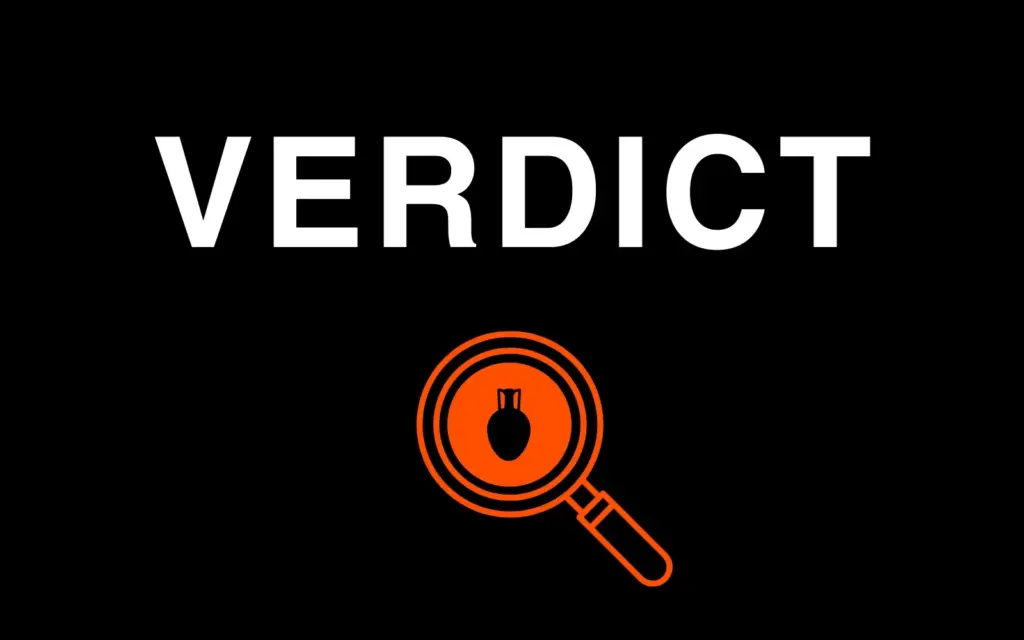
When considering domestic net greenhouse gas emissions per capita alone, Malta is indeed among the lowest polluters. However, it refuses to recognise the full picture.
In the context of climate change, it is relevant to consider the total demand generated by each country’s consumer economy, not only emissions within its national boundaries.
When a country’s economy benefits from sectors not accounted for in the national emissions accounts, such as shipping, consumer products, and other services like electricity, it is essential to account for their emissions when examining the environmental impact of Malta’s economic activity.
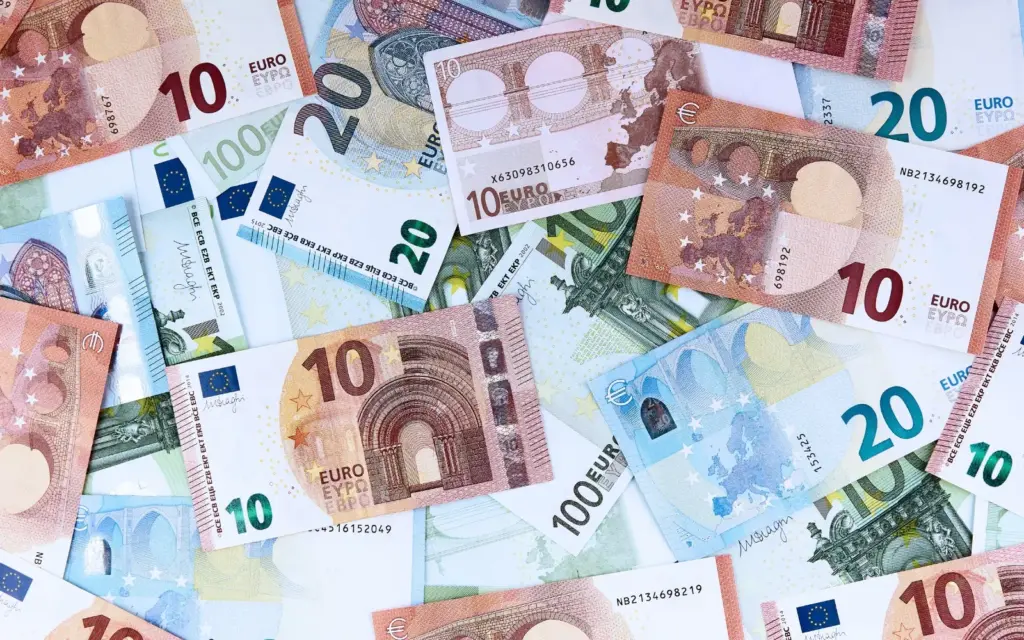
Given Malta’s consumption emissions place closer to the EU average, its wide shipping industry, growing air travel, and increasing external electricity production, Minister Dalli’s statement that Malta is among the least polluting countries in the EU is misleading, especially when considering that one in three people in Malta have reported exposure to pollution, the highest in the EU.
This is especially true in the context of measures to rein in climate change, which include phasing out environmentally harmful subsidies.
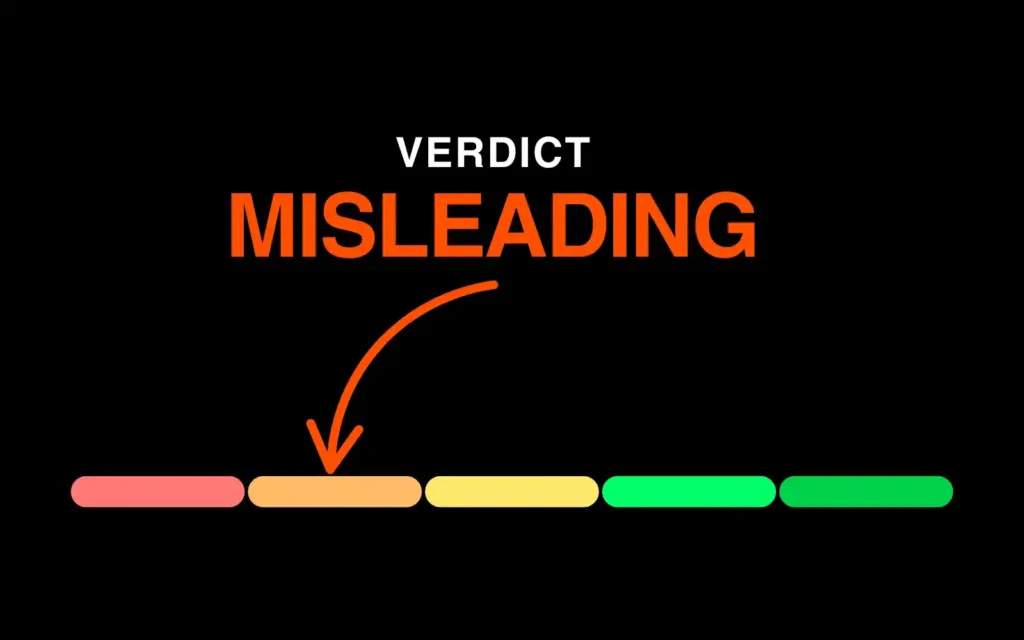
This project is supported by the European Media and Information Fund. The sole responsibility for any content supported by the European Media and Information Fund lies with the authors and it may not necessarily reflect the positions of the EMIF and the Fund Partners, the Calouste Gulbenkian Foundation and the European University Institute.

